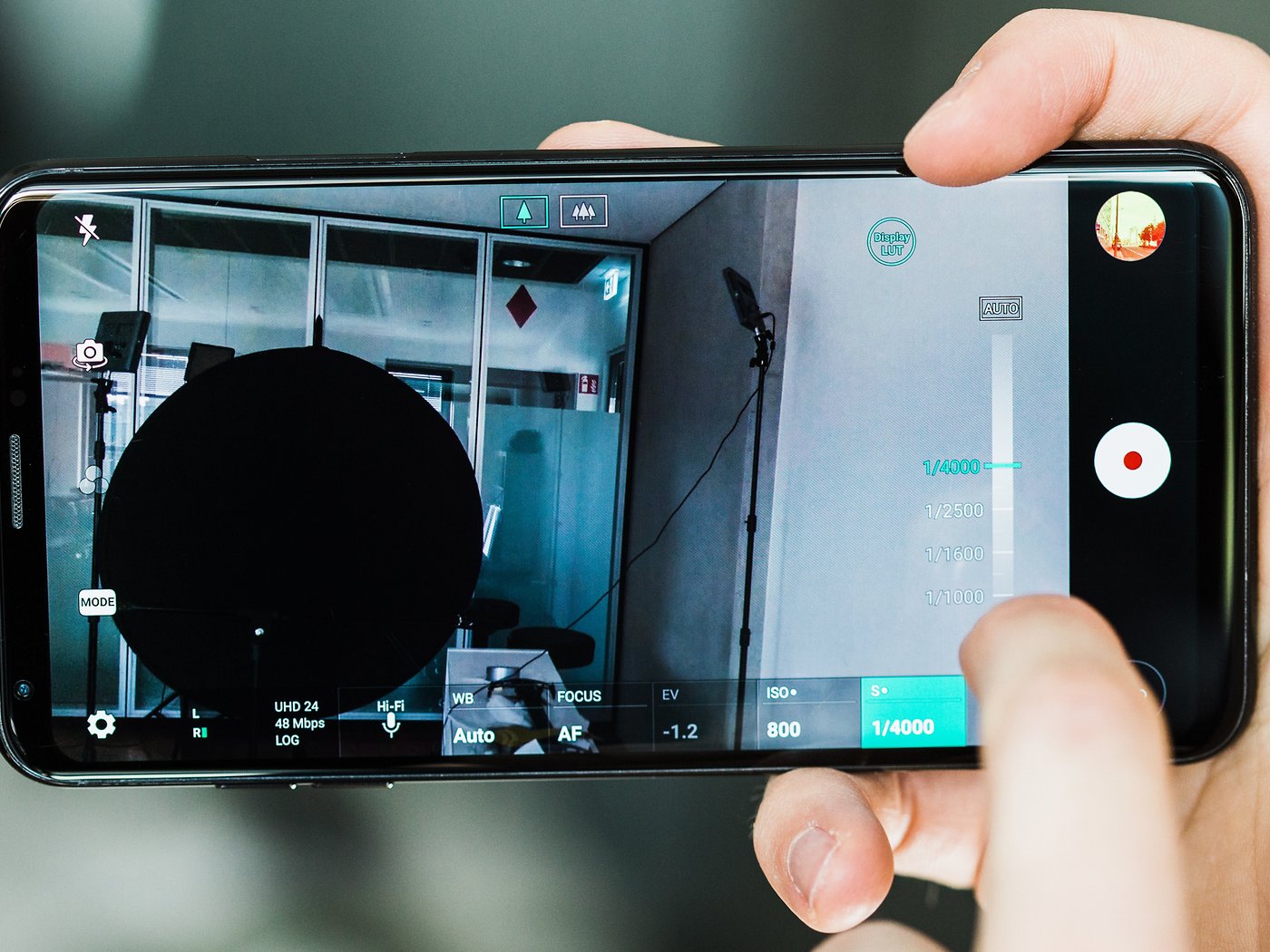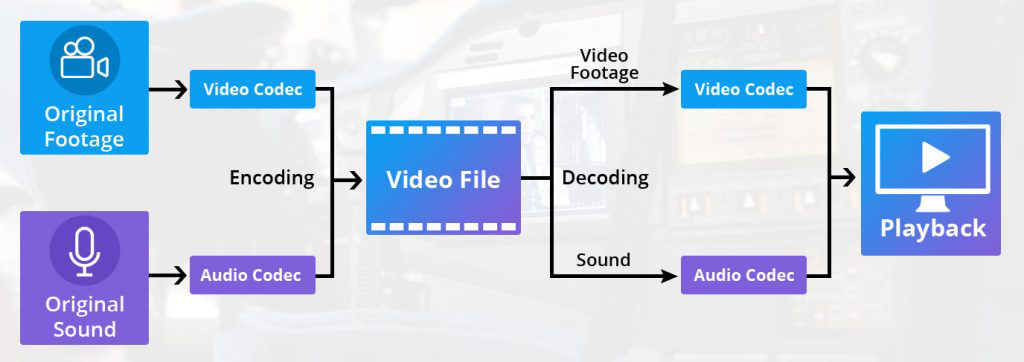

- WHAT DOES VIDEO CODEC NOT SUPPORTED MEAN MP4
- WHAT DOES VIDEO CODEC NOT SUPPORTED MEAN ANDROID
- WHAT DOES VIDEO CODEC NOT SUPPORTED MEAN PRO
- WHAT DOES VIDEO CODEC NOT SUPPORTED MEAN SOFTWARE

Here are some of the well-known causes of unavailable or unsupported codecs for audio files. What Are the Causes of Audio Codec Not Supported or Codec Missing or Unavailable Fix Codec Not Supported Error On Samsung/LG Smart TV
WHAT DOES VIDEO CODEC NOT SUPPORTED MEAN ANDROID
Fix Audio Codec Not Supported On Android Device
WHAT DOES VIDEO CODEC NOT SUPPORTED MEAN SOFTWARE
Repair Video with Audio Codec Not Supported Error Through Video Repair Software Fix Audio Codec Not Supported in Windows Media Player Selecting a region changes the language and/or content on. Once you’ve made your final cut, you can export to the latest broadcast formats.
WHAT DOES VIDEO CODEC NOT SUPPORTED MEAN PRO
With lightweight workflows and seamless integration with other Adobe apps, Premiere Pro allows you to create the video you want, even on mobile workstations. Whether you shoot your footage with a DSLR camera, CinemaDNG or other HD video camera, you can work with your native camera format in Adobe Premiere Pro. If you want to burn your video to a DVD, MPEG-2 with an H.262 codec is the way to go. They are small files, so they load quickly and stream easily. These formats are best for videos embedded on your personal or business website. MKV is a smart choice if you expect your video to be viewed on a TV or computer using an open-source media player like VLC or Miro. It supports nearly every codec, but it is not itself supported by many programmes. Flash is not supported by iOS devices.ĭeveloped in Russia, Matroska Multimedia Container format is free and open source. Built for Panasonic and Sony digital camcorders, these files compress for easy storage without losing definition.įlash video formats FLV, F4V and SWF (Shockwave Flash) are designed for Flash Player, but they’re commonly used to stream video on YouTube. It is supported by YouTube and works well for TV viewing.Īdvanced Video Coding High Definition is specifically for high-definition video. Developed by Microsoft, AVI offers the highest quality but also large file sizes. Keep in mind you can’t select your own aspect ratio in WMV.ĪVI (Audio Video Interleave) works with nearly every web browser on Windows, Mac and Linux machines. YouTube supports WMV and Apple users can view these videos, but they must download Windows Media Player for Apple. Microsoft developed WMV for Windows Media Player. WMV (Windows Media Viewer) files offer good video quality and large file size like MOV. MOV is supported by Facebook and YouTube and it works well for TV viewing. Developed for QuickTime Player by Apple, MOV files use MPEG-4 encoding to play in QuickTime for Windows.

MOV (QuickTime Film) stores high-quality video, audio and effects, but these files tend to be quite large.
WHAT DOES VIDEO CODEC NOT SUPPORTED MEAN MP4
MP4 works well for videos posted on YouTube, Facebook, Twitter and Instagram. It uses the MPEG-4 encoding algorithm to store video and audio files and text, but it offers lower definition than some others. Apple’s preferred format, MP4 can play on most other devices as well. MP4 (MPEG-4 Part 14) is the most common type of video file format. These are the most common digital video formats and their most frequent uses. Understand the top video file extensions. Which format you choose depends on the balance you want to strike between quality and ease of use. As with lossy audio file formats, most video formats lose data in compression. The most common codec for video compression is H.264 or AVC.Īudio file formats or file extensions are the containers or wrappers for these codecs. Then they decode that data to decompress it for viewing and editing. Codecs encode data to compress it for storing and sharing. Because video files can be large, programmes called codecs were developed to make them easier to store and share.


 0 kommentar(er)
0 kommentar(er)
